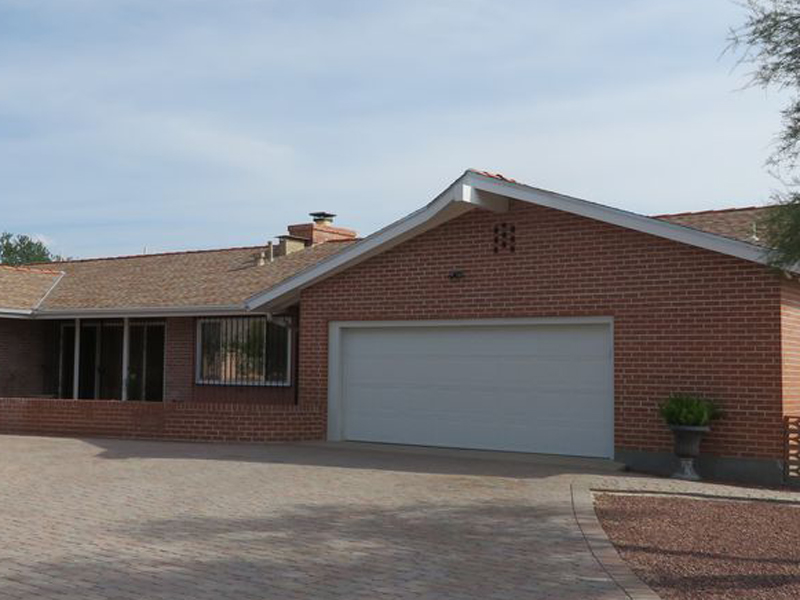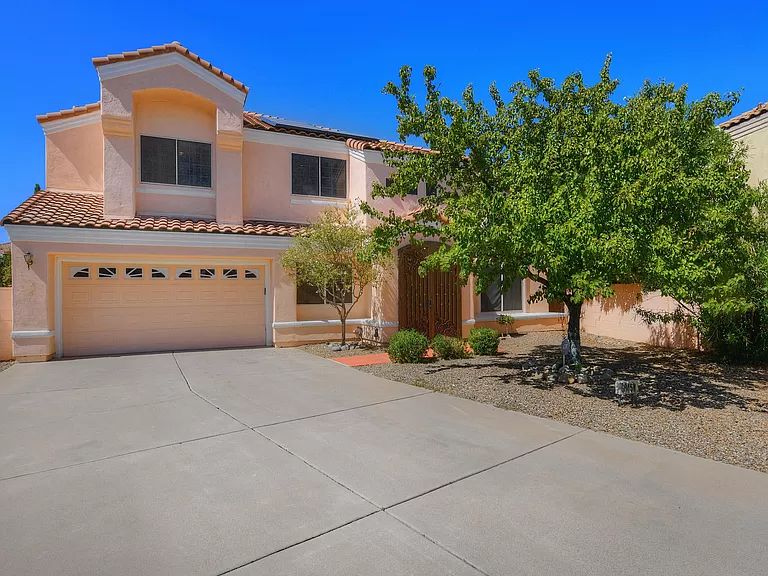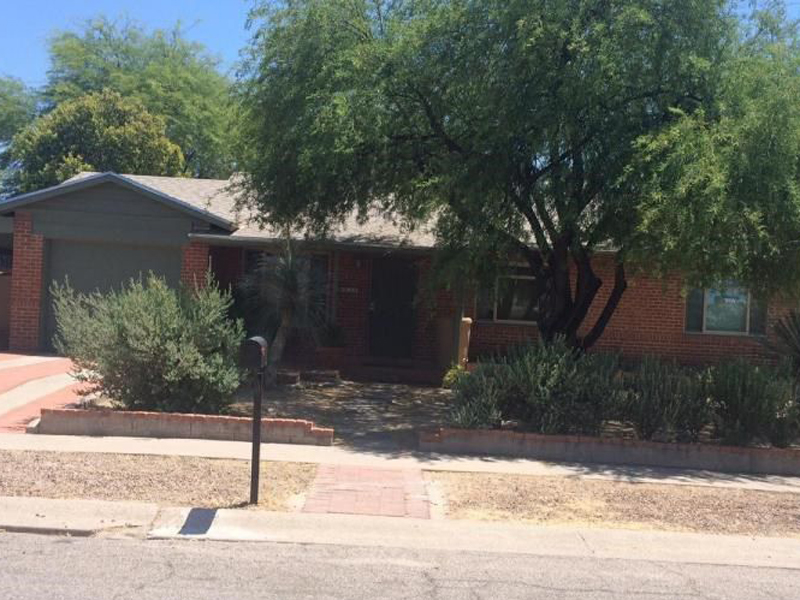Is Your Garage Door Stuck? Right here's What to Do Very first
When your garage door won't open, start with these crucial safety checks before attempting any repair work. Initially, guarantee nobody is standing near the door and that vehicles are clear of the opening. Try to find apparent signs of damage like busted panels, bent tracks, or hanging cables. If you see a snapped spring or drastically damaged parts, quit promptly and call a professional—-- these repair work call for customized devices and experience to take care of safely.

Check These 6 Things Prior To Calling a Professional
Prior to presuming you require pricey fixings, go through this fast diagnostic checklist that solves most garage door problems:
-
Power source: Verify the opener is plugged in and the outlet is functioning
-
Remote batteries: Replace dead batteries in your remote control
-
Hand-operated lock: Inspect if a person unintentionally engaged the hands-on lock
-
Blockages: Search for particles blocking the door's path or sensors
-
Emergency launch: Ensure the red emergency situation cord hasn't been drawn
-
Circuit breaker: Verify the garage circuit hasn't stumbled
These straightforward checks resolve approximately 70% of garage door concerns without needing professional treatment.
10 Common Factors Your Garage Door Will Not Open
Recognizing why your garage door opener isn't working aids you select the appropriate remedy. Right here are one of the most constant causes home owners experience:
Dead remote batteries stand for the easiest fix—-- when batteries pass away, the remote can not send out signals to the opener. Power outages or stumbled breakers reduced electrical power to the electric motor. Damaged springtimes protect against the door from lifting appropriately and require immediate expert attention. Sensing unit misalignment causes security systems to obstruct door operation. Track blockages quit rollers from relocating smoothly. Motor overload triggers automated shutoffs when the opener spots resistance. Limitation button problems perplex the opener regarding door setting. Wire damages interferes with the training system. Weather-related concerns affect door movement during severe temperature levels. Element wear from age slowly minimizes system efficiency.
Issue # 1: Dead Remote Batteries
When your wall button works yet your remote doesn't, dead batteries are normally the wrongdoer. The majority of garage door remotes utilize either 3-volt lithium or 12-volt alkaline batteries. Eliminate the back cover of your remote and check the battery type. Replace with fresh batteries and check the remote. If it still does not work, you may need to reprogram it to your opener. Consult your opener's manual for particular reprogramming guidelines, as the process differs by producer.
Trouble # 2: Power Supply Issues
Garage door power troubles typically come from loose links or tripped circuits. Check that the opener is strongly plugged into its outlet—-- vibration can loosen up connections in time. Test the outlet with an additional device to confirm it's functioning. Examine your home's breaker box for tripped circuits, specifically if you have actually experienced tornados or power fluctuations. GFCI outlets may have stumbled common garage door repair problems and solutions and require resetting. If the opener has power but won't react, the concern likely lies somewhere else in the system.
Trouble # 3: Broken or Damaged Springs
Busted garage door springtimes are amongst the most dangerous elements to manage. If you listen to a loud bang from your garage or see the door really feels incredibly hefty when attempting to lift manually, a springtime has actually most likely snapped. Torsion springs run flat over the door, while expansion springtimes rest on either side. Never try springtime repair services on your own—-- these elements store tremendous stress that can cause serious injury or death. Professional substitute commonly sets you back $150-$300 but ensures your safety and security.
Issue # 4: Obstructed Security Sensors
Modern garage doors include safety and security sensors that stop closure when objects are discovered. These sensing units can quit the door from opening if they're unclean, misaligned, or blocked by debris. Clean sensing unit lenses with a soft fabric and make certain absolutely nothing blocks the invisible beam between them. Examine that sensors are properly aligned—-- a lot of have indicator lights that reveal connection status. Sensor issues usually settle with basic cleaning and modification.
Trouble # 5: Track Obstructions or Damages
Garage door tracks overview rollers as the door goes up and down. Dirt, debris, old grease, or small objects can jam the system. Inspect tracks visually and get rid of any type of blockages with a brush or fabric. Seek damages, bends, or warping that can impede smooth operation. Minor track adjustments are feasible for useful homeowners, yet significant damage calls for specialist repair to avoid further troubles or safety and security dangers.
Issue # 6: Garage Door Opener Electric Motor Issues
When the garage door electric motor runs however the door does not move, a number of concerns could be responsible. The motor might be strained and turning off as a safety measure. Gear wear, especially in older devices, can prevent appropriate procedure. Chain or belt drive troubles influence power transmission. If you listen to uncommon grinding, clicking, or humming audios, quit using the opener instantly. Motor fixings often cost greater than replacement, especially for devices over one decade old.
Step-by-Step Do It Yourself Troubleshooting Guide
Follow this methodical method to garage door repairing while focusing on safety throughout the process:
Action 1: Evaluate the wall surface switch first. If it works yet the remote does not, concentrate on remote concerns. If neither works, check power supply.
Action 2: Analyze the hands-on launch cord. If it's been drawn, the opener is disengaged from the door. Push the trolley back to reconnect.
Step 3: Manually evaluate the door by disengaging the opener and attempting to raise the door by hand. It needs to relocate smoothly and remain in place when half-open.
Step 4: Check visible elements for damages, paying special focus to springtimes, cords, and tracks.
Step 5: Inspect all safety attributes consisting of sensors, limitation switches, and auto-reverse features.
Step 6: Test different controls (remote, wall surface switch, keypad) to separate the trouble resource.
Always wear shatterproof glass and job handwear covers when doing evaluations, and never attempt repair work on springtimes or high-tension parts.
When to Call a Professional vs. do it yourself Solutions

Knowing when to call a garage door professional versus attempting DIY repair work safeguards both your security and your purse. Take care of these problems yourself: dead remote batteries, power supply problems, small track cleansing, sensing unit cleansing and placement, and fundamental lubrication.
Never ever attempt these repairs on your own: spring substitute or change, wire repairs, significant track adjustment, electrical wiring concerns, opener electric motor substitute, or any type of fixing including high-tension components. Expert specialists have specialized devices, training, and insurance to deal with unsafe repairs securely.
Think about repair service prices versus replacement costs, especially for doors over 15 years old. Modern garage doors offer far better security functions, energy performance, and reliability than older designs.
Emergency Garage Door Solutions
When you're stuck to a garage door that won't open up and need prompt accessibility, follow these emergency procedures:
Guidebook Operation: Pull the red emergency situation release cord to disengage the opener. This allows manual operation yet calls for proper technique to stay clear of injury. Raise the door gradually and uniformly, making use of leg muscular tissues instead of your back. Most household doors evaluate 100-150 extra pounds, making them convenient for many grownups.
Temporary Solutions: If the door opens by hand but will not keep up, prop it open with sawhorses or clamps—-- never use your body or lorries as supports. For doors that will not close entirely, ensure the opening is secured if you must leave.
Emergency Solution: Many garage door firms provide 24/7 emergency situation service for situations entailing safety worries, entraped automobiles, or complete system failings. While a lot more expensive than normal service calls, emergency situation repair services offer instant options when needed most.
Security Warning: What NOT to Do
Garage door safety needs comprehending dangerous fixings that ought to never ever be attempted by homeowners:
Never ever attempt to repair springs—-- they save enough energy to trigger fatal injuries when they snap or are incorrectly managed. Don't compel a stuck door—-- this can harm the opener, tracks, or door panels, developing a lot more pricey troubles. Stay clear of bypassing security features—-- sensing units and auto-reverse systems prevent severe injuries and residential or commercial property damage.
Don't disregard unusual sounds—-- grinding, scuffing, or banging sounds suggest troubles that worsen in time. Never use the door if cords are torn or damaged—-- the door can drop unexpectedly. Do not try electric repairs unless you're a certified electrical expert—-- garage door openers use both 120V family present and low-voltage control circuits.

Preventive Upkeep to Prevent Future Problems
Regular garage door maintenance prevents most usual problems and prolongs system lifespan significantly:
Monthly Tasks: Visual inspection of all components, checking auto-reverse safety and security features, checking and tightening up equipment, and cleaning tracks and sensing units.
Quarterly Jobs: Oiling all relocating parts with ideal garage door lubricating substance, testing manual operation, and inspecting weather securing.
Annual Tasks: Expert inspection and tune-up, springtime adjustment if needed, and opener maintenance including belt or chain modification.
Seasonal Jobs: Planning for weather extremes, inspecting insulation, and readjusting opener setups for temperature modifications.
Constant maintenance expenses far less than emergency situation repairs and ensures reputable procedure year-round.
Garage Door Will Not Open Up Frequently Asked Questions
Why will not my garage door open with the remote however collaborates with the wall surface switch?
This normally shows dead remote batteries, signal disturbance, or the need to reprogram the remote. Examine batteries initially, then consult your opener manual for reprogramming guidelines.
Can I by hand open my garage door if the power is out?
Yes, draw the red emergency situation launch cord to disengage the opener, then raise the door manually. Be planned for the door's full weight and lift with correct method to stay clear of injury.
Just how do I understand if my garage door springtime is broken?
Signs consist of a loud bang from the garage, the door sensation exceptionally heavy when lifting manually, noticeable gaps in the springtime coils, or the door only opening up a couple of inches before stopping.
Is it secure to utilize my garage door if it will not open right?
No, partial operation shows mechanical troubles that can worsen suddenly. Stop using the door and have it inspected by a specialist to avoid additional damages or injury.
What should I do if my garage door opens up however won't close?
Examine safety and security sensing units for obstructions or imbalance, take a look at the tracks for particles, and examine the auto-reverse function. If these do not solve the trouble, consult an expert.
Just how much does it set you back to deal with a garage door that won't open?
Expenses vary widely relying on the issue: battery replacement ($5-$10), specialist diagnosis ($50-$100), springtime substitute ($150-$300), or opener replacement ($200-$500).
Can weather influence my garage door's ability to open up?
Yes, severe cold can thicken lubes and influence metal parts, while warm can cause expansion issues. Most troubles settle as temperatures stabilize, yet persistent issues might require expert focus.
Why does my garage door open up a couple of inches after that stop?
This usually indicates busted springtimes, limit switch issues, or track obstructions. The opener's safety and security attributes quit procedure when resistance is detected, avoiding damages to the motor or door.
Obtain Professional Help for Complex Problems
When do it yourself troubleshooting doesn't solve your garage door issues, expert service technicians provide the expertise and devices needed for secure, enduring repair work. Certified specialists diagnose problems precisely, utilize manufacturer-approved components, and offer guarantees on their work.
Professional services consist of: detailed system evaluations, springtime and cable television replacement, opener fixing and substitute, track alignment and replacement, electric troubleshooting, and emergency situation service phone calls.
What to expect: in advance rates, licensed and insured technicians, same-day solution for many repair services, and follow-up upkeep referrals.
The majority of garage door firms use complimentary price quotes for significant repair services and can provide instant options for immediate issues impacting home safety and security or lorry access.
Getting Your Garage Door Working Again
A garage door that will not open does not have to destroy your day or damage your budget plan. Beginning with simple troubleshooting steps like inspecting power, replacing batteries, and checking out for noticeable blockages. Lots of issues have fast do it yourself services that restore typical operation within mins.
However, identify when specialist aid is needed—-- especially for spring-related problems, electrical troubles, or complex mechanical failures. Trying dangerous repair services on your own risks significant injury and typically develops more costly troubles.
Normal maintenance protects against most garage door issues and makes certain reputable operation for years to come. When issues do take place, resolve them quickly to stay clear of even more costly fixings and keep your home's safety and convenience. Whether you require an easy battery substitute or full system overhaul, remedies exist to get your garage door functioning efficiently once again.